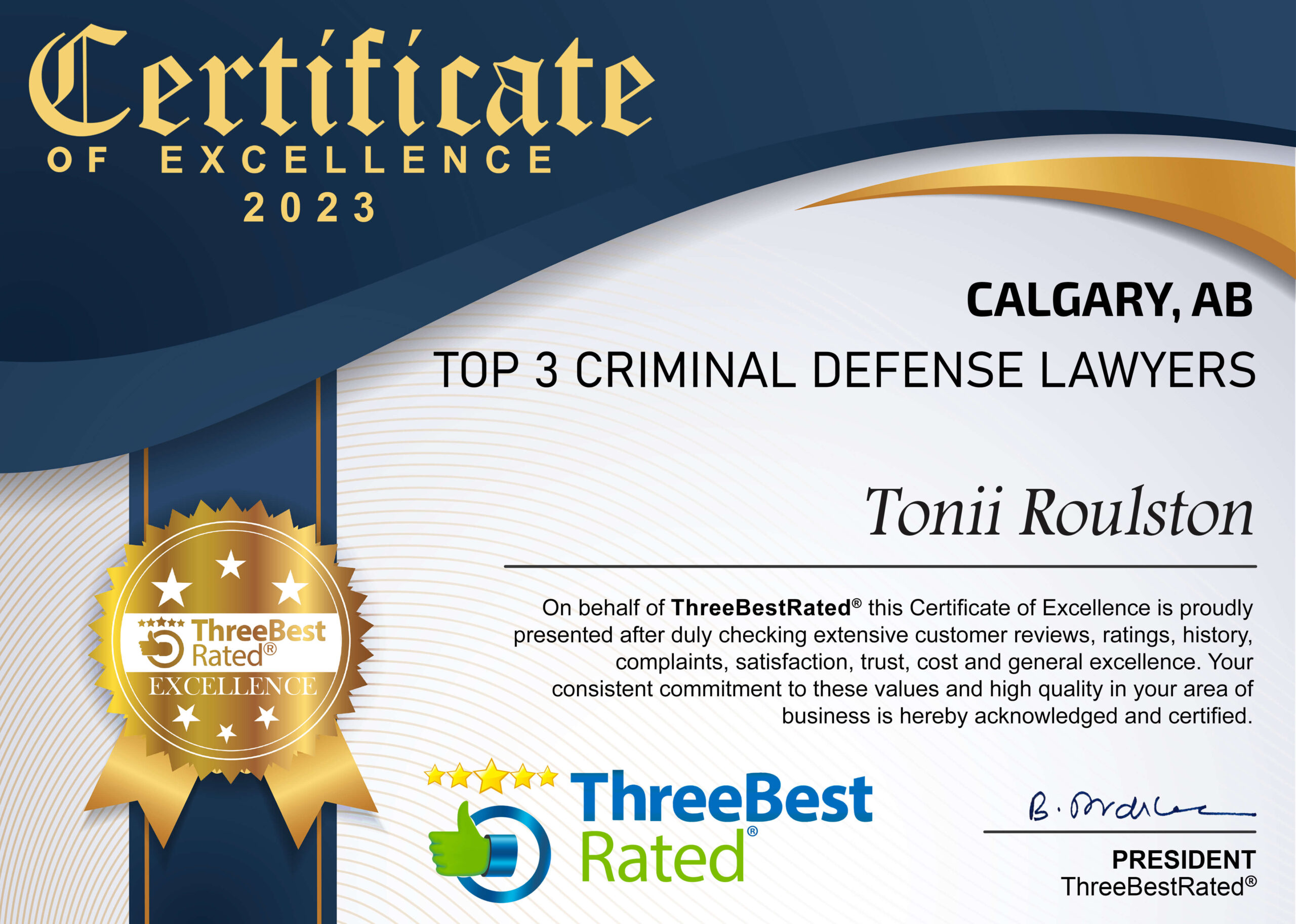What evidence can I provide in my defence for a sexual assault charge?
One of the main questions asked by those who have been accused of sexual assault is what evidence they can provide to support their version of events. When faced with such serious allegations, individuals are very eager to provide information in support of their defence. At Roulston Urquhart, we recognize the impact a sexual assault accusation could have on your reputation and will utilize all relevant material in the development of your case.
As the accused, you have the right to testify in court. This will include explaining your version of events, responding to direct examination from your own defence lawyer and answering the cross-examination questions from the Crown Prosecutor. You may also provide video and photographic evidence in support of your case. These may include photos or video of the alleged incident if available. Messages, such as texts, emails etc. from the accuser may also be relevant if details of the charge are discussed within the conversation. Further, if messages are received from the accuser stating they are no longer interested in pursuing charges or other admissions are made these are highly valuable. In some cases, the accused may dispute being present at the alleged incident. Various supporting records can be used to claim being at a different location. For example, bank statements, receipts, photographs with time and location stamps, witnesses, and surveillance footage.
What can my evidence not be used for?
Relying on the accuser’s previous sexual history in an argument for the defence may be blocked in court. This is due to Canada’s “rape shield” law. It is a change to the Criminal Code which limits the testimony of prior sexual activity to very specific circumstances.
What evidence could the Crown bring on behalf of the accuser?
When an accuser alleges sexual assault against another individual, the Crown Prosecution Office represents the accuser in court. To strengthen the statements made, the Crown may have the accuser testify on the stand. This individual would then complete the similar steps on the stand including recalling their story, being questioned by the Crown Prosecutor and then cross examined by the defence council. The accuser may also present the same evidence as the accused such as photos, documented conversations, or witnesses. The accuser may also provide evidence that was collected by a medical professional. This may include medical records of trauma to the body or collection of bodily fluids, specifically DNA.
What evidence can both parties use?
As referenced previously, both sides can bring in similar sources of evidence. This consists of witness statements to the incident in question, forensic and photographic evidence, etc. As well, expert witnesses can testify to analyze evidence presented by both individuals. While similar types of evidence can be utilized by the accuser and accused, each source will be used to strengthen that individual’s argument.

